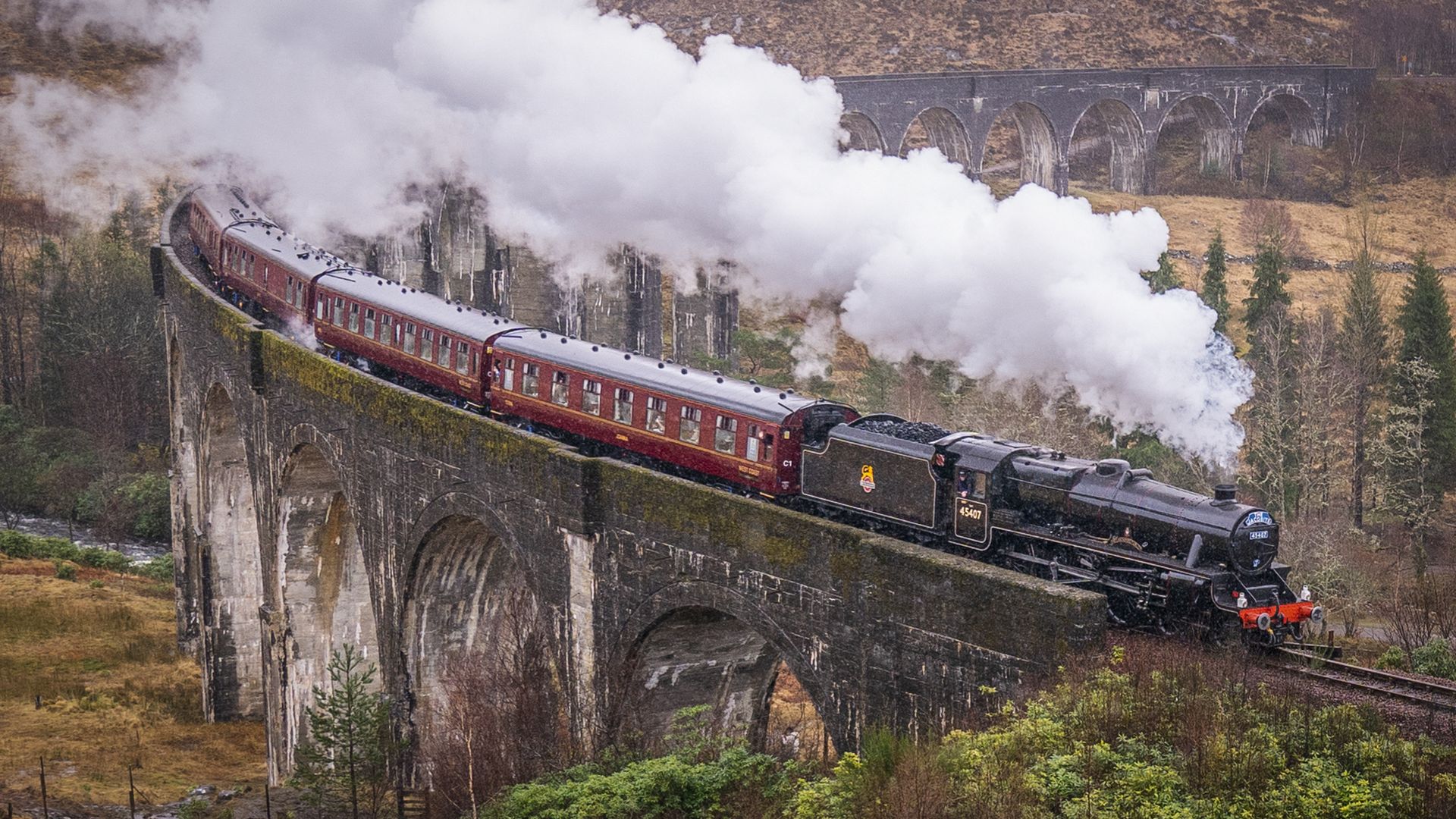The first 33 workers have been rescued from a tunnel in India after being trapped for more than two weeks, NDTV has reported.
The Indian network added that all 41 should be released within two hours, citing the National Disaster Response Force.
The Press Trust of India also reported that workers had been freed.
Ambulances are lined up at the mouth of the tunnel, ready to transport the men to a hospital about 19 miles away (30km).
Reaction as workers being rescued from tunnel in India – follow live updates
The labourers became stuck after a highway tunnel in Uttarakhand state collapsed on 12 November.
So-called rat miners were brought in to drill through rocks and gravel by hand after a large drilling machine broke down.
Once the men had been reached, three teams of four rescuers were due to enter the area they were trapped in.
Their job was to prepare the workers to be pulled through a pipe to safety, said Lieutenant General Syed Ata Hasnain from the National Disaster Management Authority.
“We have been involved in this for more than 400 hours and are taking all safety precautions until the end,” he told reporters in New Delhi.
The men have been receiving food, water, light, oxygen and medicines through a pipe.
They had two kilometres of space within the tunnel to walk around in and were encouraged to talk to each other, tell stories, do yoga, take light exercise and play board games sent in to them.
Some of the men may develop Post-traumatic Stress Disorder (PTSD), a senior mental health doctor said.
“All 41 would experience some post-traumatic symptoms like insomnia, recurrent bad dreams, recurrent reliving of the tunnel collapse, anxiety,” said Dr Dinakaran Damodharan from the state-run National Institute of Mental Health and Neurosciences.
“Not everyone will have the disorder but most will suffer from these symptoms for, say, three to six months,” he added.
Dr Damodharan said they should be checked for at least a year and may have enduring changes to their personality.
The tunnel is part of the £1.2bn Char Dham highway, being built to connect four Hindu pilgrimage sites through a 500-mile network of roads.
While authorities have not said what caused the collapse, there have previously been landslides, earthquakes and floods in the area.







